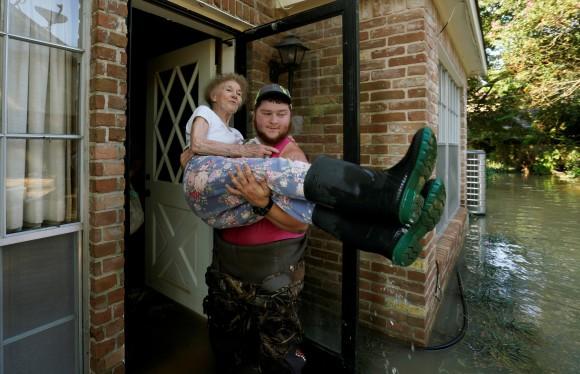Rescuers searched painstakingly through flooded neighborhoods across southeastern Texas on Friday, Sept. 1, for people stranded by Hurricane Harvey’s deluge as President Donald Trump asked Congress for $7.85 billion in federal disaster relief.
The storm, one of the costliest to hit the United States, has displaced more than 1 million people, with 50 feared dead from flooding that paralyzed Houston, swelled river levels to record highs, and knocked out the drinking water supply in Beaumont, Texas, a city of 120,000 people.
The Trump administration in a letter to Congress asked for a $7.85 billion appropriation for response and initial recovery efforts. White House homeland security adviser Tom Bossert told reporters on Thursday aid funding requests would come in stages as more became known about the impact of the storm.






